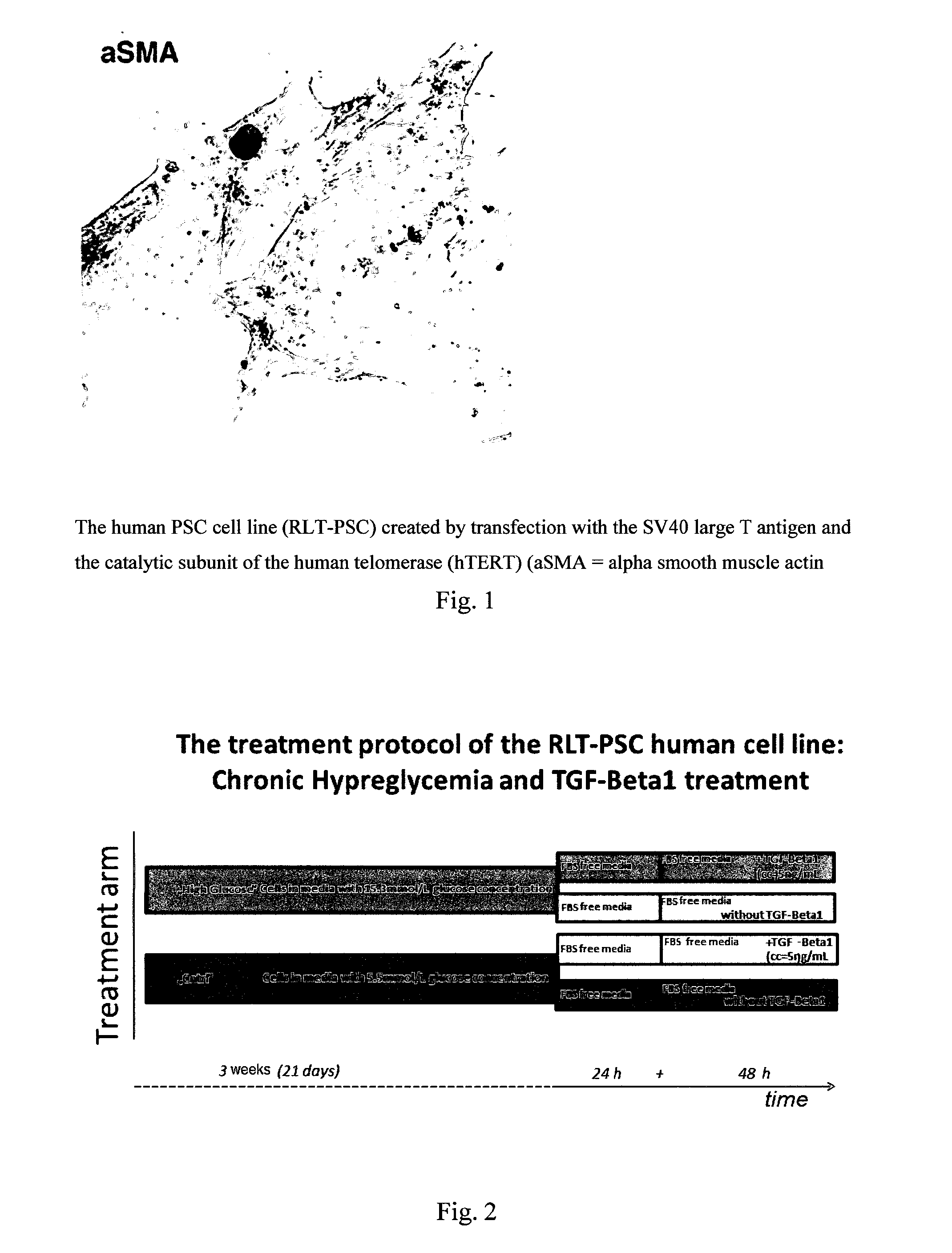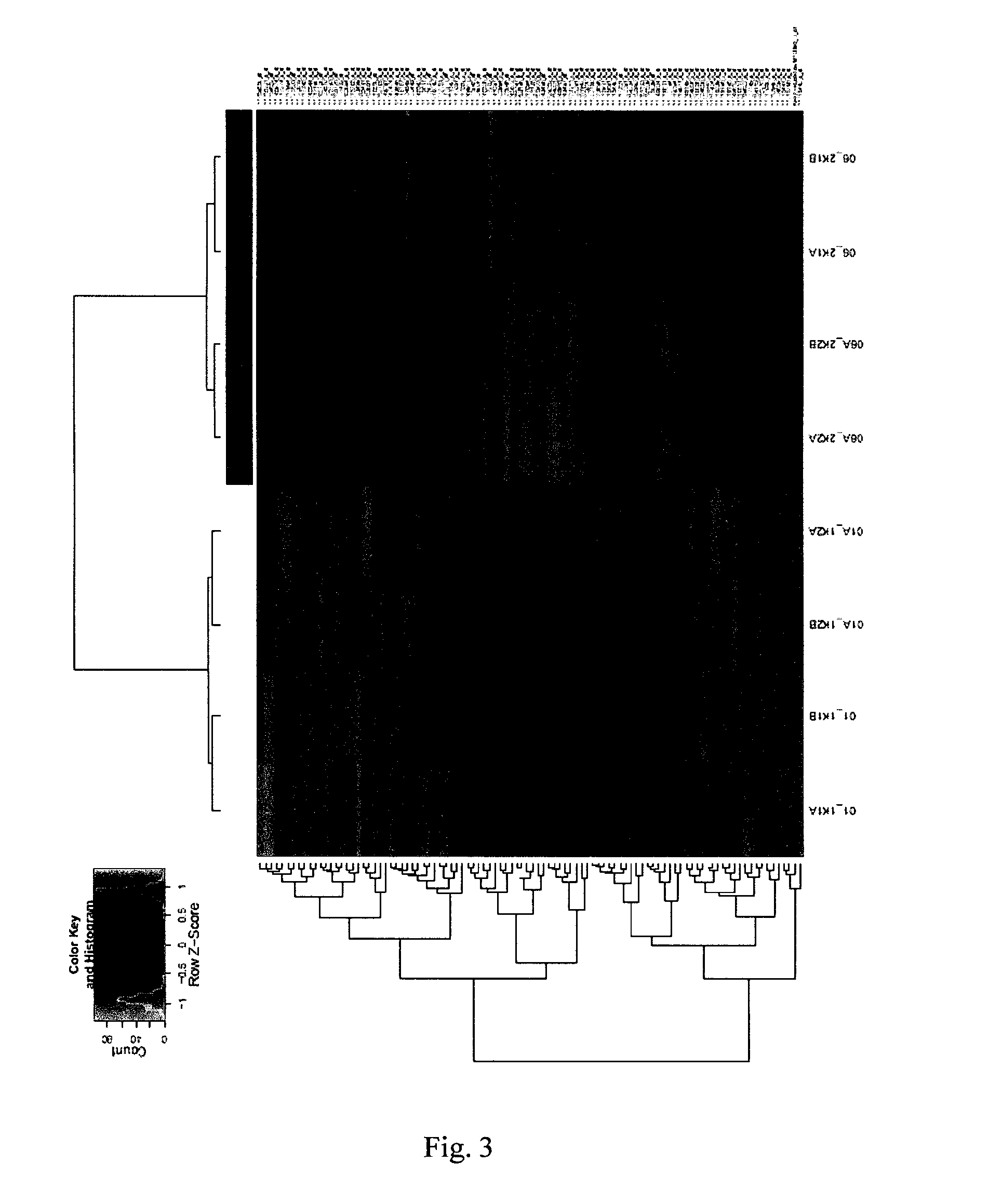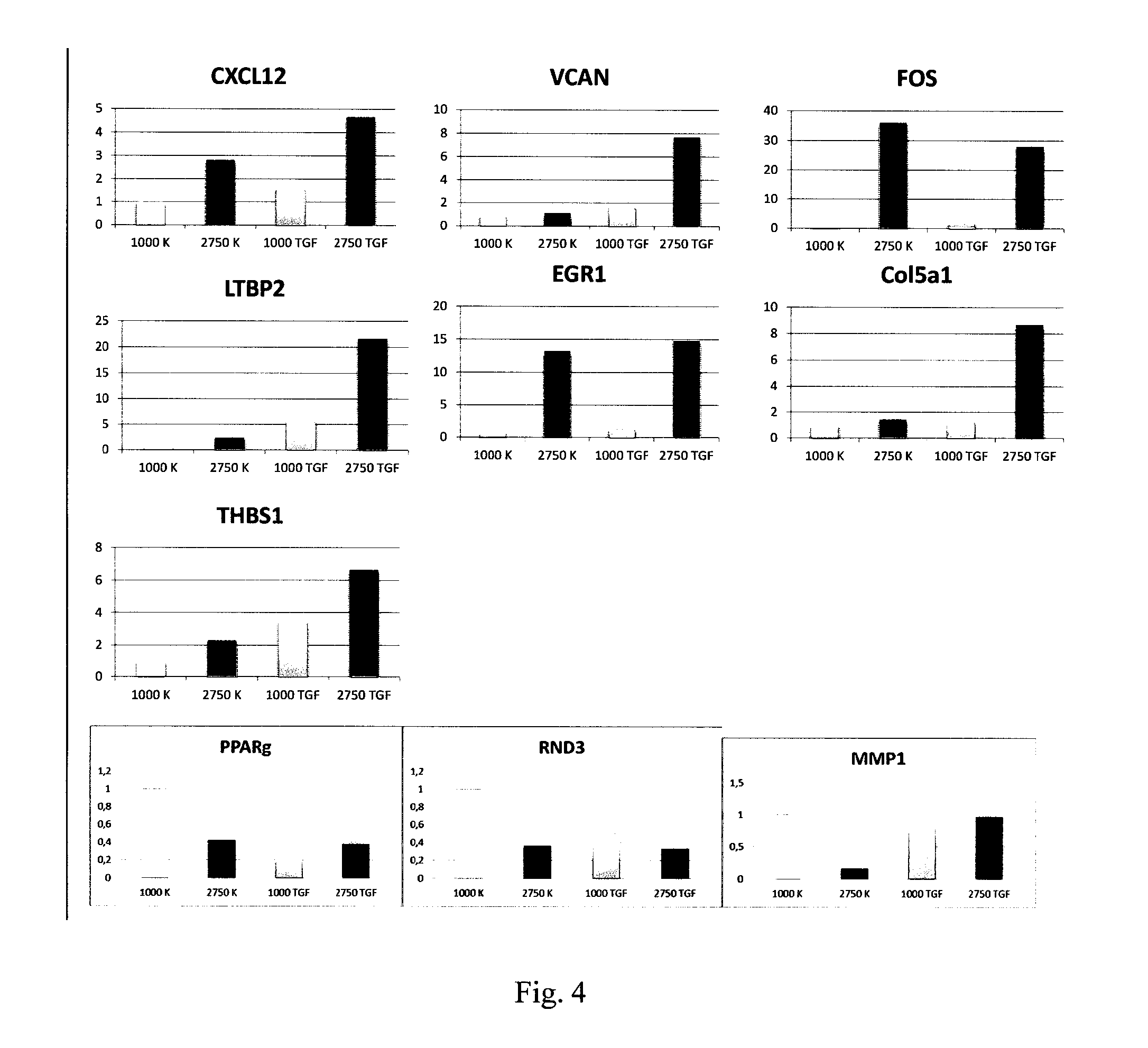Cxcl12 (chemokine (c-x-c motif) ligand 12) and igfbp2 inhibitors for the application in the treatment of diabetes mellitus associated pancreatic cancer
a technology of igfbp2 inhibitors and chemokines, which is applied in the direction of immunoglobulins against cell receptors/antigens/surface determinants, whole-cell/virus/dna/rna ingredients, cytokines/lymphokines/interferons, etc., can solve the problems of increased risk of pancreatic cancer, pancreatic cancer, and glucose levels in the upper normal range, so as to enhance the neo
- Summary
- Abstract
- Description
- Claims
- Application Information
AI Technical Summary
Benefits of technology
Problems solved by technology
Method used
Image
Examples
Embodiment Construction
[0085]The subject of this invention also includes the drugs that contain the mentioned inhibitors of CXCL12 and IGFBP2 in combination with medically acceptable transfer, auxiliary or base vehicles.
[0086]The inhibitors in this invention may be produced by the traditional mixing, dissolving, granulating, tablet coating, grinding to wet powder, emulgeating, capsulation, incorporation or lyophilisation methods. The medicines may be formulated in a traditional method, with one or more physiologically acceptable vehicle, dilution substance or auxiliary substance that promote the production from inhibitors to a pharmacologically applicable preparations. The appropriate drug formulation depends on the delivery method selected by the professional / specialist or the individuals who is applying the treatment.
[0087]The inhibitors in this invention may be formulated for local administration as solutions, suspensions, etc that are well known from the literature.
[0088]The drug formulations intended...
PUM
| Property | Measurement | Unit |
|---|---|---|
| humidity | aaaaa | aaaaa |
| humidity | aaaaa | aaaaa |
| humidity | aaaaa | aaaaa |
Abstract
Description
Claims
Application Information
 Login to View More
Login to View More - R&D
- Intellectual Property
- Life Sciences
- Materials
- Tech Scout
- Unparalleled Data Quality
- Higher Quality Content
- 60% Fewer Hallucinations
Browse by: Latest US Patents, China's latest patents, Technical Efficacy Thesaurus, Application Domain, Technology Topic, Popular Technical Reports.
© 2025 PatSnap. All rights reserved.Legal|Privacy policy|Modern Slavery Act Transparency Statement|Sitemap|About US| Contact US: help@patsnap.com



